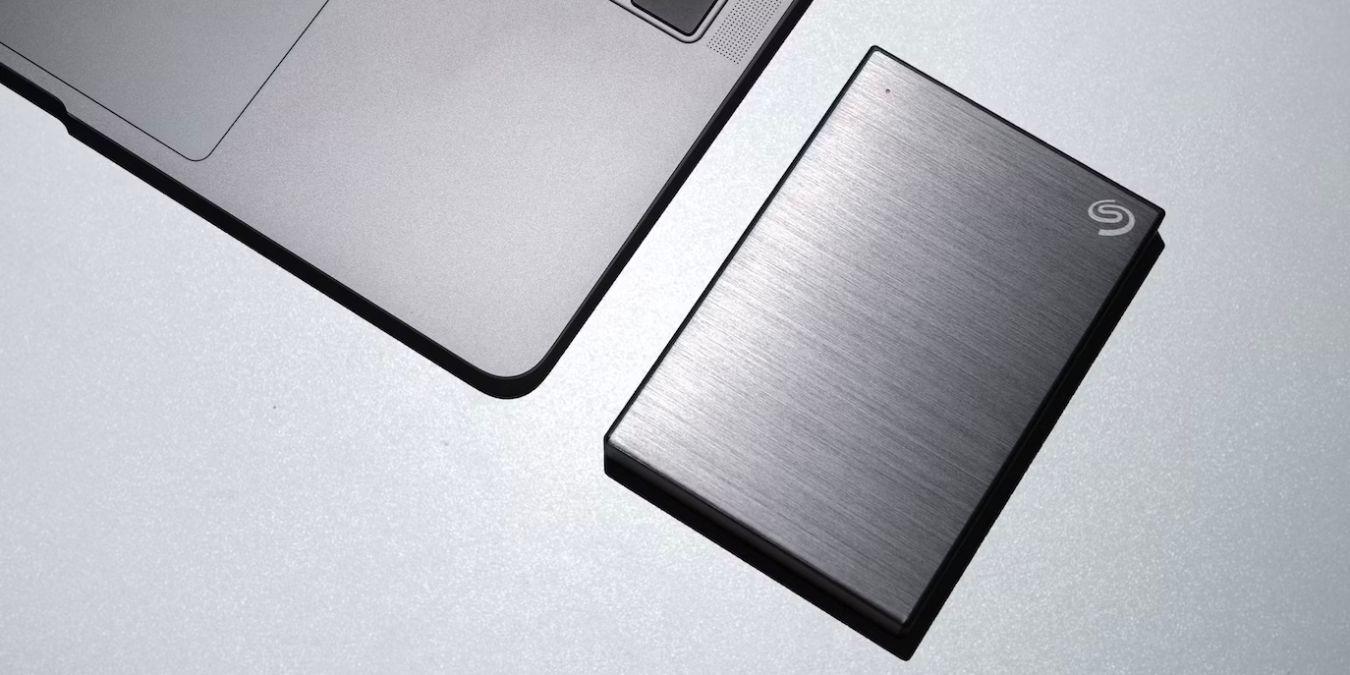
If you’re frustrated by the “Read Only” permission issue when trying to access your external hard drive on your Mac, you’re not alone. Many Mac users encounter this common problem when attempting to transfer data to or from an external drive. The cause of this inconvenience is often an incompatible format that limits permissions on the drive. Mac users who connect the same external drive to their Windows PCs, smartphones, or TVs often face this issue. This tutorial shows how to change the hard drive “Read Only” permission on your Mac.
Preliminary Fixes
- Back Up Your Data: before proceeding with any solutions to change the “Read Only” permission error on your Mac, it’s important to safeguard your data. Be sure to back up the contents of your external drive to a secure location, such as on your Mac or another computer.
- Try a Different User Account: use a different user account that has appropriate permissions to access the hard drive by default. Create a new user profile on your Mac, or switch to a different existing user account. Either way, ensure the user account has administrative privileges.
Tip: having trouble identifying which users have admin access to files on your Mac’s drive? Try repairing disk permissions on your Mac.
Reformat the Hard Drive
Reformatting the hard drive is often the most effective solution to the “Read Only” permission issue on Mac. However, note that this process will erase all data from the drive. Reformatting involves wiping the drive clean and setting up a new file system. To ensure compatibility with Mac, you’ll have to choose one of the following Mac-compatible formats:
- Mac OS Extended (Journaled): It’s the recommended choice for most Mac users. While it’s compatible with all Macs, it doesn’t support Windows natively. The Mac OS Extended (Case Sensitive, Journaled) is also a good option. It also supports case sensitivity for file and folder names.
- APFS: APFS (Apple File System) is suitable for newer Macs running macOS 10.13 or later. APFS offers multiple variants. Its most advanced variant (Case Sensitive, Encrypted) allows file and folder names to be treated as case-sensitive and provides additional security through encryption.
- exFAT: compatible with both Windows and Mac and supports large file sizes.
- MS-DOS (FAT): also compatible with Mac and Windows, but you can only transfer files between Macs and PCs that are smaller than 4GB.
If you only want to use the external drive on your Mac, it’s best to proceed with the Mac OS Extended (Journaled) format. But if you need to use it with a PC, too, exFAT is the better option. Follow these steps to reformat your external drive in your desired format:
- Connect your external drive to your Mac, and navigate to “Applications -> Utilities -> Disk Utility.”
- Select your external drive in the left sidebar of the Disk Utility window, and click on “Erase” at the top of the Disk Utility window.
- Choose the desired format for your external drive from the drop-down menu. For this example, we are choosing “Mac OS Extended (Journaled).”
- Click on the “Erase” button to initiate the reformatting process. Your external drive will be reformatted and ready to use.
Tip: if your external drive uses the Ext4 format, explore how to mount and access the Ext4 partition on a Mac.
Run “First Aid” on the Drive
If reformatting the drive doesn’t help, try running First Aid on your external drive. The First Aid process involves scanning the drive for errors, repairing file system issues, and verifying and correcting permissions. Follow these steps:
- Go to “Applications -> Utilities -> Disk Utility.”
- Click on your external drive in the left sidebar, then click “First Aid” in the top menu.
- Click on “Run” to start the First Aid process.
- Wait for the scanning and repairing process to complete. It will take some time, depending on the size of the drive and the issues found. Once the process is complete, see if the read-only permission error is resolved.
Good to know: is your Mac hard drive experiencing problems? Learning how to run a file system consistency check could help you resolve these issues.
Use Terminal to Manage Disk Permissions
You can also try using Terminal’s command-line instructions to change the read-only permission issues on your Mac. By executing specific commands, you can modify ownership, adjust permissions, and grant the necessary read/write access to files and directories. Follow these steps to resolve the “read-only” hard drive issue with Terminal:
- Open Terminal, then change ownership of the file system on your hard drive by executing the “chown” command, followed by the desired owner/username and the path to the hard drive folder. Replace “username” with your user or account name:
sudo chown username /path/to/file_or_directory
- Use the “chmod” command followed by the desired permission settings and the path to the file or directory to adjust permission.
sudo chmod permissions /path/to/file_or_directory
Note: replace “permissions” with the desired permission settings (e.g., 755, 644) and /path/to/file_or_directory with the appropriate path.
- If needed, use the “sudo” command before the above commands to run them with administrative privileges, and enter your admin password.
Tip: you can verify that the permissions have been successfully changed by using the “ls -l” command to list the external drive with its respective permission, even if it’s hidden.
Conclusion
As we have demonstrated, fixing the “Read Only” permission issue on Mac does not have to be a complex and time-consuming task. Be sure to back up your data and experiment with using a different user account before attempting to reformat your hard drive. You can also try running “First Aid” with Disk Utility or using Terminal to manage disk permissions.
Good to know: if you are still unable to write files to your disk, investigate how to resolve Error Code 50.
Image credit: Unsplash. All screenshots by Abdul Wahab.
Our latest tutorials delivered straight to your inbox